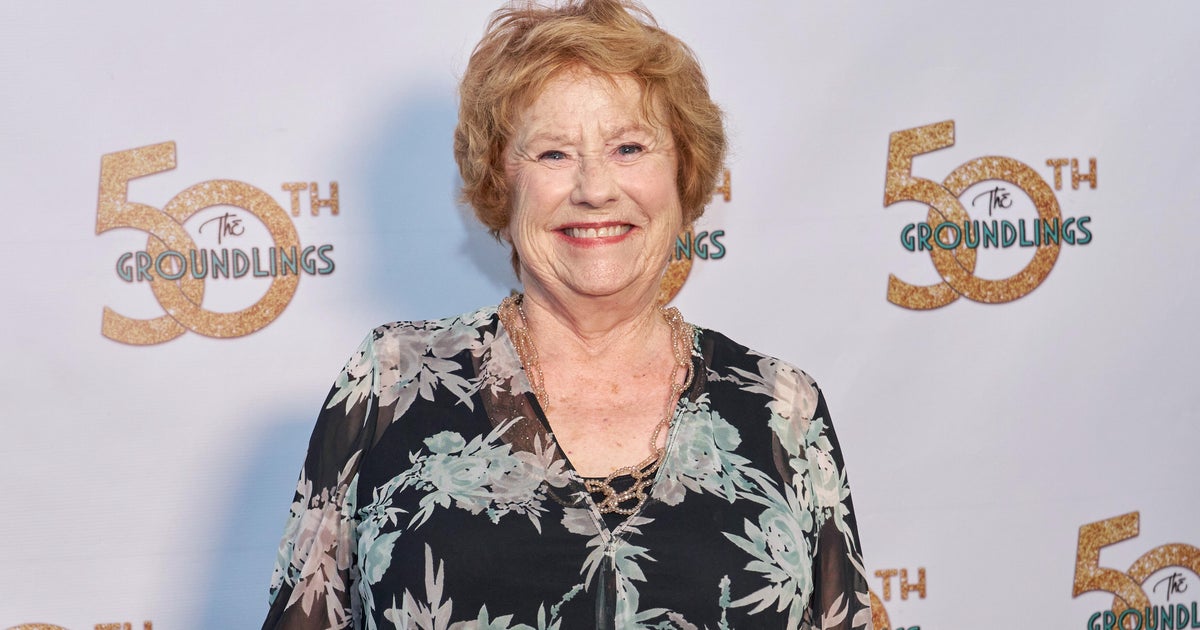Smell The Revolution: Rum-Scented Mug Among Museum's Items
PHILADELPHIA (AP) — History buffs will be able to peer into the eyes of a "most excellent likeness" of George Washington and get an actual whiff of the Revolutionary War when Philadelphia's Museum of the American Revolution opens next year.
Curators have scoured the country for the priceless artifacts to display in the museum, including a 1770s-era creamware mug that stills smells of rum, due to the material it's made of. The vessel was created to celebrate Boston's fight for liberty.
"It's like having a little surround-smell of the revolution," said R. Scott Stephenson, the museum vice president of collections, exhibitions and programming.
The museum is set to open April 19, the anniversary of the opening battles in 1775 between British troops and American colonists in Lexington and Concord and the "shot heard round the world."
The 118,000-square-foot museum just two blocks from Independence Hall will feature a collection of art, printed works, immersive exhibits and objects from the Revolutionary Period.
One of the marquee exhibits will be Washington's headquarters tent during the Valley Forge winter of 1777-78. It will be in a sealed environment but viewable through a glass wall.
Museum staff unpacked the museum's 3,000-object main collection, which was shipped from a secret storage location in suburban Philadelphia, in phases and are making final conservation efforts and placing objects for display. About 500 of those objects will be on display for the public on a revolving basis.
Recently unpacked was a terra cotta and plaster bust of Washington that hadn't been publicly displayed for generations.
"He's been hiding away," Stephenson said of the bust, which was in a Philadelphia store and then passed through a number of city families. "When it was exhibited it was noted in the press at the time that people who had known Washington said that was a 'most excellent likeness.'"
For Stephenson, some of the greatest material in the collection came from private collectors.
"These pieces have come from all over, and our lenders are literally everything from descendants and families to collectors who have hidden these pieces away in bank vaults and in studies and basements and think, 'But what's the point in having all of this stuff if I can't share it with the world?'" he said.
Descendants of a Massachusetts soldier have donated a newborn's shoes made from a British red coat brought back at the end of the war and preserved through generations. Written accounts tell the story of the young man, who went off to war in 1775, rose to the position of sergeant in 1783, lost his brother in an attack that ended in a mass grave burial, and returned home to marry and have a child.
"It all seems so cut and dry now, life liberty and pursuit of happiness. Who wouldn't be into that? But there was danger and heartbreak, and we want to capture that," he said.
Copyright 2016 The Associated Press. All rights reserved. This material may not be published, broadcast, rewritten or redistributed.



